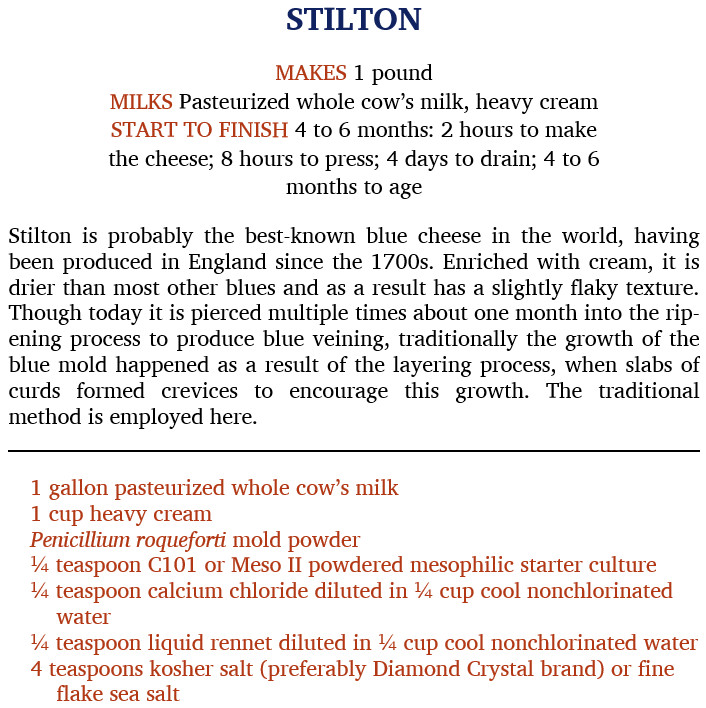Wing Nut
Well-Known Member
Ok, The girlfreind loves her blue cheese. Real blue cheese you know the kind that almost wimpers when you cut into it. Problem is it is very hard to come by and very very expensive. I had a thought last night, the mold is just a simple bacteria that is living in the cheese. If I where to take a wheel of regular goat cheese and making a few holes in it then placing some of the bluer bits of a commercial blue cheese in these holes. Then I would place it in the cellar in a fairly humid box (tupperwear with a wetted sponge) until it starts to grow. What do you guys think? Would this work?
Wing nut
Wing nut






